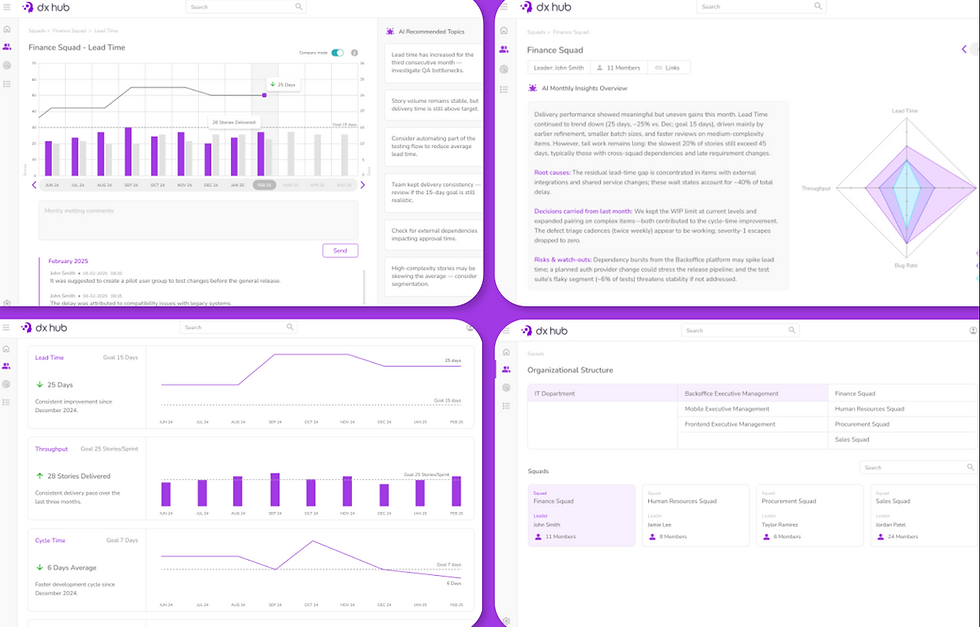Software Due Diligence Checklist For Better Tech M&A Deals
- Avalia

- Jan 28, 2019
- 2 min read
Updated: Jun 19, 2023
Software M&A deals are easier, faster and better value when a thorough due diligence investigation has been done.
In a deal where technology has a high strategic impact, it is important to have a clear understanding of the value of the technology and how it impacts the business objectives of the transaction.
Through a series of questions in the due diligence checklist, we can gather information that helps to connect the business strategy with the technology and then further enables a deep dive evaluation of the technology because the objectives are clear.
Avalia has extensive experience working with companies to assess the value of a technology acquisition and helping organizations build roadmaps for technology evolutions. Through our experience and numerous implementations of our unique process, we have identified a few key areas that can be used to evaluate a software transaction.
Depending on how much time you have to perform the assessment, use the sample agenda below to help guide your discussions with the target.
Basic Agenda: ½ day meeting with the client
Topic | Who to speak with | How long to focus on |
Company History | Management | 0.5 hours |
Product Introduction | Management Product Manager | 1 hour |
Customer History | Marketing | 0.5 hours |
People | Management HR | 0.5 hours |
Development Process | Technology team | 1 hour |
Operations & Support | Tech Leader | 0.5 hours |
Comprehensive Agenda: 1 ½ days meeting with the client
DAY 1: Topic | Who to speak with | How long to focus on |
Company History | Management | 0.5 hours |
Product Introduction | Management Product Manager | 1 hour |
Customer History | Marketing | 1 hour |
People | Management HR | 1 hour |
Development Process | Technology team | 1.5 hours |
Operations & Support | Tech Leader | 1 hour |
DAY 2: Topic | Who to speak with | How long to focus on |
Build: Software Architecture | Lead Architect | 2 hours |
Run: IT Architect | Devops | 2 hours |
In the first post of this series, we will cover the company history and background.
Understanding the evolution of the company is important in determining any cultural sensitivities, product resilience, and to assess how deeply rooted the software may be in the company’s development culture.
It also helps to provide the context around the business objectives and plans for growth and this in turn helps us to obtain a deeper understanding of where the technology is headed.
You can gather information about this area by asking the following questions:
COMPANY HISTORY AND BACKGROUND
When was the company founded and/or last acquired?
List the important events in the company’s history
Describe the company’s objectives and priorities (current, last 6 months, next 6 months)
Describe any historical mergers, acquisitions, or divestitures
Describe any historical ownership changes


